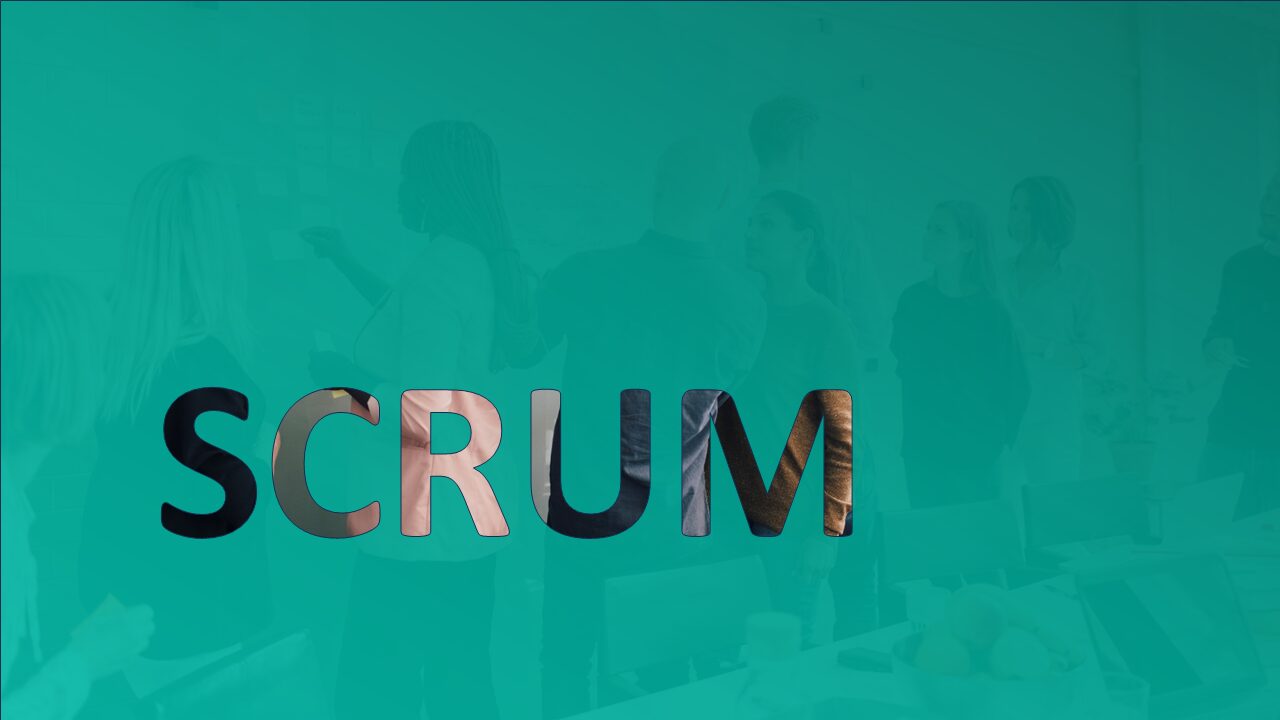Choosing the right project management approach is more than just picking a buzzword—it’s about aligning your delivery method with the nature of your work, your team structure, and your client expectations. While Agile and Waterfall are both popular and widely used, they serve different purposes and excel in different environments.
Waterfall: Plan, Execute, Deliver
Waterfall is a linear, structured approach where the project is broken into sequential phases: requirements → design → implementation → testing → delivery. It’s ideal for projects with fixed requirements, low uncertainty, and heavy documentation needs—like infrastructure rollouts, regulatory compliance projects, or manufacturing systems.
When to Use Waterfall:
- Project scope is clear and unlikely to change.
- Stakeholders require detailed documentation and predictability.
- The team is working in a high-regulation or contract-driven environment.
🧰 Actionable Tips:
- Start by writing a comprehensive project charter.
- Use Gantt charts to create clear timelines and dependency mapping.
- Define milestones upfront and use them to track progress.
Agile: Adapt, Iterate, Improve
Agile focuses on flexibility and iterative delivery. It thrives in environments where change is constant, user feedback is essential, and time-to-market is critical—like software development, marketing campaigns, or startup innovation. Agile teams deliver in short cycles (sprints), continuously reassess priorities, and keep users at the center.
When to Use Agile:
- The end product isn’t fully defined and needs stakeholder input along the way.
- The environment is complex and rapidly evolving.
- You want to test ideas early and often.
🧰 Actionable Tips:
- Set up a backlog of prioritized tasks.
- Run daily standups to keep the team aligned and unblocked.
- Review and reflect in retrospectives after each iteration to improve process and team dynamics.
Hybrid Models: The Best of Both Worlds?
In reality, many modern teams adopt a hybrid approach, using Waterfall for governance and high-level planning, while applying Agile principles at the execution level. This can work well in organizations transitioning to Agile or working in a highly regulated domain that still values flexibility.
Quick Comparison Table:
| Feature | Agile | Waterfall |
|---|---|---|
| Flexibility | High | Low |
| Planning | Iterative | Upfront |
| Documentation | Light | Heavy |
| User Involvement | Continuous | Front-loaded |
| Risk Management | Adaptive | Predictive |
Still unsure what’s best for your team? Our upcoming free webinar on “Choosing the Right Methodology” breaks it all down and includes live Q&A. Check the Events section for details.



